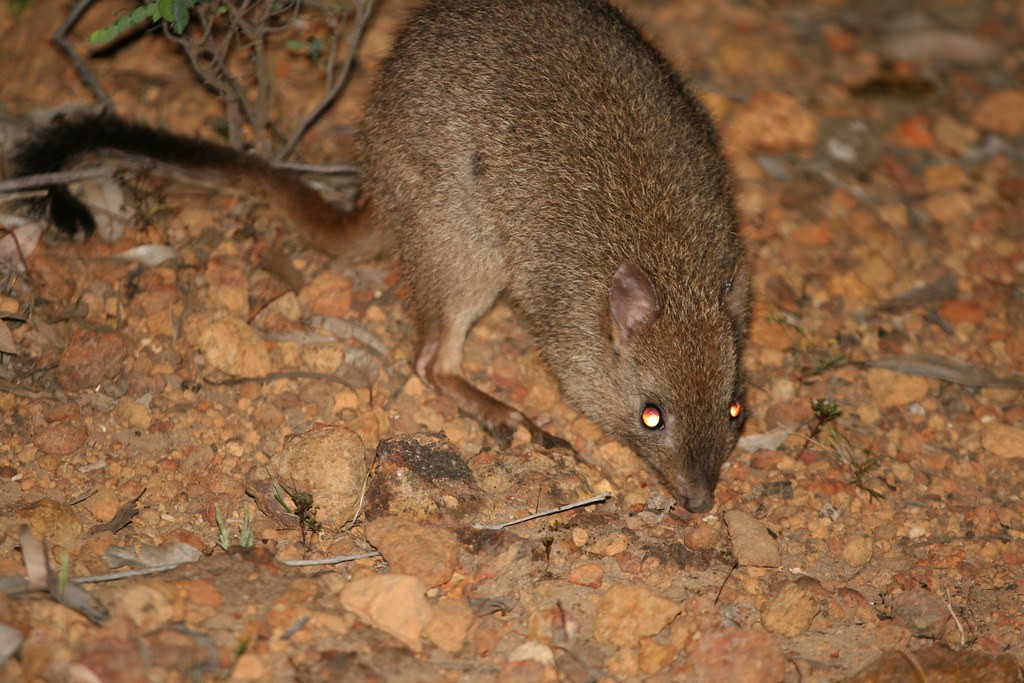It is thought there are roughly £20 trillion fossil fuel resources left in the ground. Yet it is also recognised that in order to meet the temperature increase targets of 1.5 to 2 degrees c half of it needs to be left in the ground.
That means that £10 trillion of assets and resources owned by some of the most wealthy companies in the world cannot be extracted. Looking at it differently, worldwide companies will be desperately trying to sell 10 trillion pounds worth of useless products to get them off their books.
When you cut the bottom out of a market like that it can have devastating impacts. It is thought that the crash that this would cause would be bigger than that felt back in 2008.
Despite knowing that fossil fuel extraction is going to have to end soon, views on the safety of fossil-fuel Investments have not changed. Indeed, the UK, most local councils currently own fossil-fuel investments.
Fossil-fuel Investments have been quite popular since they arrived. So long as the estimate of the amount of fossil fuels available is accurate, you will get your money back plus more – however if the fossil fuels you have invested in I left in the ground you are likely to lose almost all of your money.
The crash in oil prices during the epidemic is a very bold sign telling us what is going to happen. The big concern for oil companies is clear to see coming down the road. Oil demand did not disappear, it merely reduced as a few people were driving. Yet over the next 20 to 30 years, it is likely that virtually all of the world stock of fossil fuel cars will need to be replaced by electric ones. This will reduce fossil fuel demand by roughly 26%. This increases to 45% when you include air travel – and while currently we do not know how to replace all planes, the current crop of electric vehicles in the pipeline (particularly aircraft such as EasyJet single aisle 180 person plane run on batteries) are likely to reduce aviation fuel requirements by 50% or more. That increases the reduction in fossil fuel requirements to 35% at a minimum – this will occur in the next couple of decades.
Partnering this with a dramatically reducing use of fossil fuels to heat homes, we could easily see oil demand falling by more than half.
This will depress the price by so much that many different untapped resources will no longer be economically viable.
For economists and business analysts as well as those of us who are nearly amateur watches, the next few decades are going to be fascinating, building a market that moves away from a system they have used for hundreds of years is essential and must occur in perhaps as little as a decade.
What will the impact on large oil companies, when it becomes clear that resources that they have paid billions to exploit must be left alone? Will the companies even survive? Shares are likely to take a huge hit, and as each of these companies will see their core business lost, will there be anything to replace the huge profits that they have been used to over the last few hundred years?

